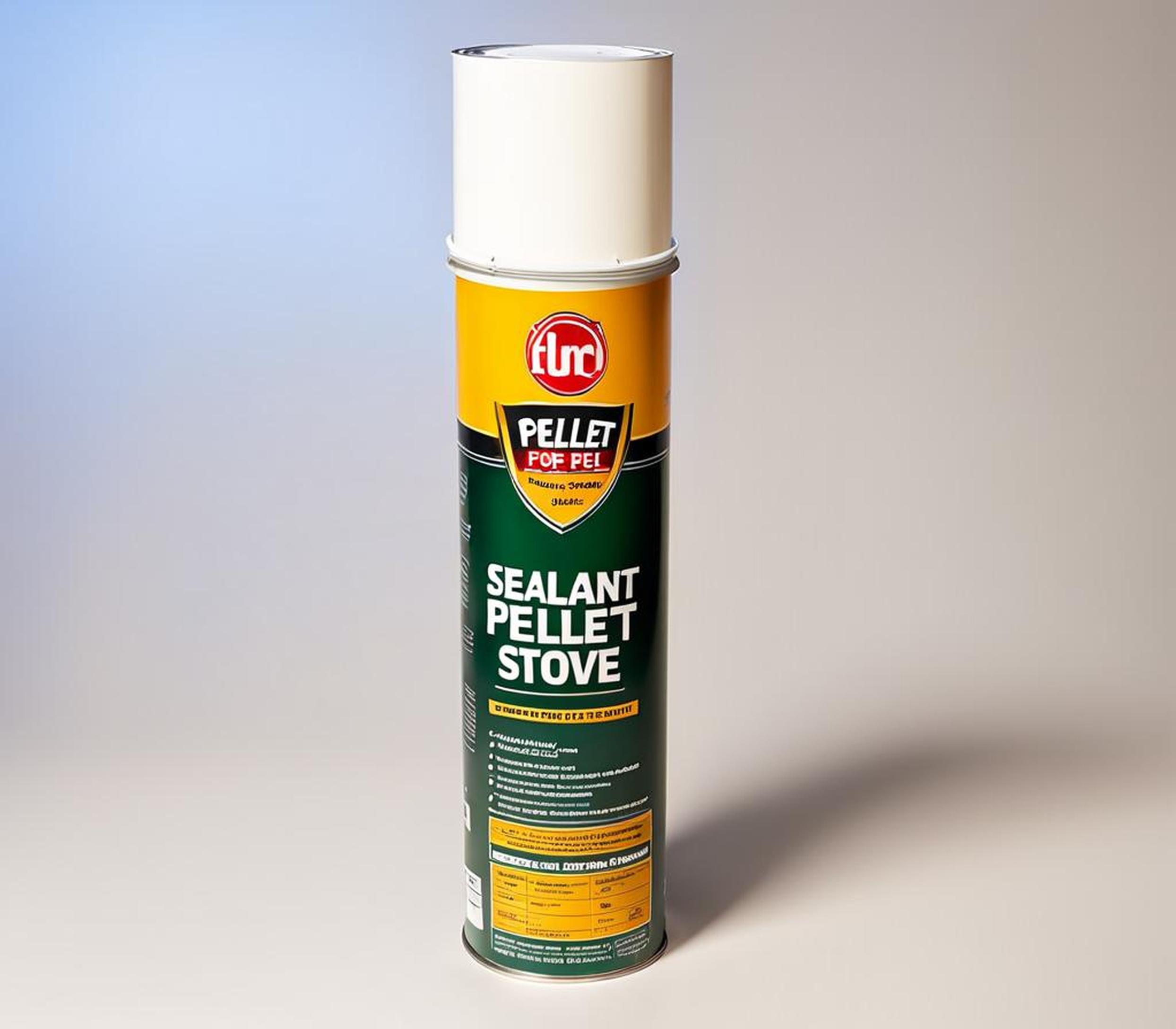Investing in a pellet stove can provide an efficient and environmentally-friendly heat source in your home. However, ensuring your pellet stove system is properly sealed is crucial for preventing dangerous gas leaks, smoke emissions, and heat loss up the venting pipes.
Properly sealing all exhaust vent components, joints, and seams can save on energy costs while protecting indoor air quality.
How Pellet Stoves Work and Why Sealants Matter
Pellet stoves burn small, compressed wood pellets fed from a storage hopper to produce heat. The combustion process generates hot gases and particulates which are vented outside through an exhaust pipe system.
Sealants play several important roles in protecting pellet stove function and safety:

- Prevent leaks of combustion byproducts like smoke or carbon monoxide into living spaces
- Improve stove heating efficiency by stopping wasted warm air escaping up the vent
- Allow smooth operation by maintaining steady draft and airflow
Common Venting Materials
Pellet stove venting typically utilizes the below types of pipes and joints where sealants should be applied:
| Stainless steel | Sheet metal, adjustable elbows/tees |
| Aluminum | Lightweight piping |
| PVC, CPVC | Plastic vent components |
Potential Issues from Improper Sealing
Based on venting layout, materials, and stove operating temperatures, leakage risks vary. But consequences can include:
- Smoke inhalation, carbon monoxide poisoning
- Venting blockages from combustion gas buildup
- Fire hazards from stray embers
- Stove overheating and burnout due to air intake gaps
Key Standards for Pellet Stove Sealants
To maintain safety and efficiency, sealants for pellet systems must meet stringent criteria:
High Heat Tolerance
Sealant compounds must remain flexible, adhesive, and impermeable through repeated heating and cooling cycles. Quality sealants retain bonding strength even when pellet stove surface temperatures exceed 500degF.
Long Term Durability
Expansion, contraction, and vibration rigors deteriorate lower grade sealants over months of stove usage. Premium compounds last for years without cracking, shrinking, or becoming brittle.
Easy Application
Applying a smooth, consistent sealant bead on varied vent materials can prove difficult. Optimal pellet stove caulking offers effortless tooling without dripping or running.
Review of Top-Rated Sealant Products
With hundreds of sealing compounds available, choosing the right one can seem overwhelming. We spotlight below a selection of extremely well-rated sealants designed and lab tested specifically to meet the demands of pellet stove systems.
Mill-Pac Black High Temp Sealant
This renowned sealant offers best-in-class thermal durability, rated to an incredible 1,000degF continuous temperature exposure. The silicone-enhanced formula remains permanently flexible and adhesion is unmatched across stainless, galvanized, plastic, and ceramic surfaces.
Rutland Latex Stove and Gasket Cement
A top seller for over 35 years, Rutland Sealant withstands temperatures up to 800degF, making it ideal for the rigors of pellet exhaust venting systems. The skinning time is adjustable, it won’t crack or shrink, and the water clean-up simplifies application.
Loctite Red High Temperature Silicone
This silicone sealant provides fuel and oil resistance at ongoing exposures up to 500degF. The fast skin-over and cure times allow quicker return to service. It bonds extremely well to metals and common venting materials without needing a primer.
Step-By-Step Guide to Proper Sealant Application
While the right sealant selection is critical, appropriate preparation and meticulous technique is equally vital for successful, long-lasting pellet stove seals. Below we detail the application methodology in 6 key steps:
1. Clean and Prepare the Surfaces
Eliminate old caulk, soot, oils or ash using abrasives, cleaners, or solvents as needed. Roughen very smooth materials. Ensure complete dryness before applying sealant.
2. Outline Joints Requiring Sealer
Map out every interface needing sealing, no matter how small. Common areas include pipe joints, cleanout tee caps, durable vent wall penetrations, and flue adapter collar connections.
3. Load Sealant into Caulk Gun
Most premium sealants come packaged ready for standard caulk gun loading. Ensure a tight fit with the sealing tip clipped to desired bead size.
4. Apply Smooth, Continuous Bead
Angle the nozzle at 45deg and gently squeeze the trigger as you trace the joint. Overlap start and end points to eliminate gaps.
5. Tool Sealant with Plastic Applicator
Shape and smooth the bead using the provided plastic smoother. Remove any excess sealant right away with a paper towel and solvent.
6. Allow Proper Curing Time
Note drying times based on humidity and temperature. Benches tests indicated most high-performance sealants can withstand firing the pellet stove after just 72 hours.
Guarding against leakage and blockages ensures pellet stoves perform reliably and safely for years of service. We highly recommend using only certified sealants purpose-designed for the sustained high temperatures and structural stresses involved.
Carefully sealing all exhaust system joints, seams and adapters prevents hazardous fume spillage and turbocharges heating efficiency. Allow proper curing before restarting your stove after sealant applications.
Equipped with the knowledge of evaluating and implementing specialty pellet vent sealants, protecting your investment is in good hands. Contact a professional installer if ever unsure about your sealing needs.
